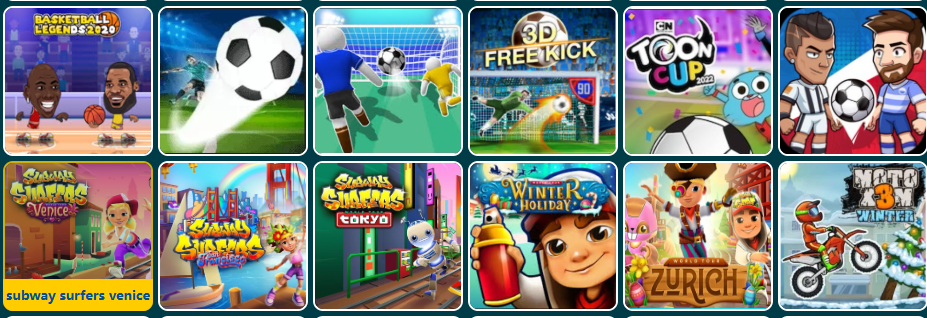How to Create a Game: A Comhensive Guide with Essential Questions and Insights
Content:
r share of challenges. Whether you’re a seasoned developer or a aspiring creator, understanding the key steps and answering critical questions can make the process smoother. Below, we explore common inquiries about game development and provide valuable insights to help you bring your vision to life.
1. What Are the Essential Steps to Create a Game?
The process of game creation involves several stages, from ideation to launch. Here’s a breakdown:
Conceptualization: Define your game’s core idea, genre, and target audience.
Design: Develop a prototype, including mechanics, level structure, and storytelling.
Development: Use tools like Unity, Unreal Engine, or Godot to build the game.

Testing: Playtest to identify bugs and gather feedback.
Polishing: Refine graphics, sound, and gameplay.
Launch: Publish your game on platforms like Steam, mobile stores, or consoles.
2. How Do I Choose the Right Game Engine?
Selecting the right engine is crucial. Popular options include:
Unity: Versatile for 2D and 3D games, with a strong community.
Unreal Engine: Best for highquality graphics and AAAstyle games.
Godot: Opensource and lightweight, ideal for indie developers.
Consider your skill level, project scope, and budget when making a choice.
3. What Skills Are Needed to Create a Game?
Game development requires a mix of technical and creative skills:
Programming: Proficiency in languages like C#, C , or Python.
Art & Animation: Knowledge of tools like Blender or Photoshop.
Sound Design: Mixing audio for immersive experiences.
Storytelling: Crafting engaging narratives.
Many developers collaborate to combine strengths, so don’t feel ssured to master everything alone.
4. How Do I Handle Game Testing and Feedback?
Testing is where you identify issues before launch. Key strategies include:
Internal Testing: Playtest with your team early on.
Beta Testing: Release a limited version to a broader audience.
Community Feedback: Listen to player suggestions for improvements.
Be open to criticism and willing to iterate based on feedback.
5. What Are the Best Practices for Game Marketing?
Getting your game noticed is as important as making it. Share your journey on social media, create demos, and engage with potential players. Consider these tips:
Build a Community: Use Discord, Twitter, or forums to connect with fans.
Influencer Collaboration: Partner with gamers or streamers for promotions.
Press Releases: Announce your game on relevant platforms.
Sharing Insights:
One of the most rewarding parts of game development is sharing your passion with others. As one indie developer noted, *The joy comes from seeing players enjoy something you created, even if it’s just for a few minutes.* This reminder highlights the importance of perseverance and creativity.
Conclusion:
Creating a game is a complex but fulfilling process. By breaking it down into manageable steps and addressing key questions, you’ll be better equipped to succeed. Whether you’re building a simple mobile game or a sprawling RPG, remember that every great game started with a single idea. Now, go create something amazing!

